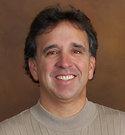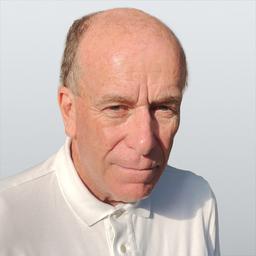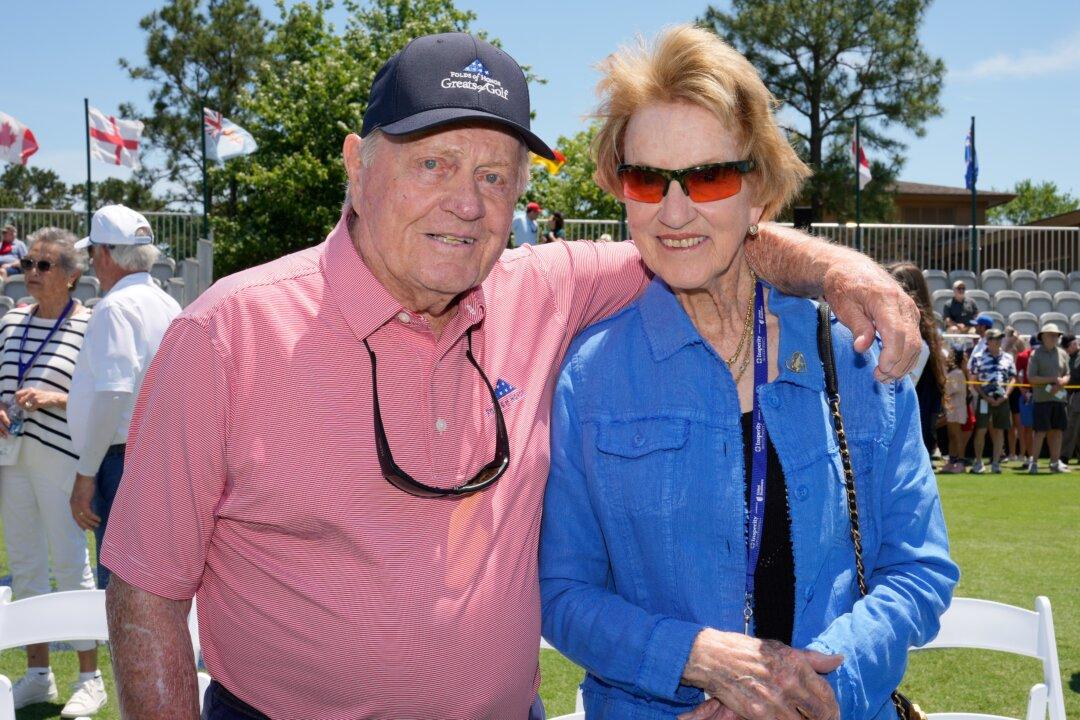University Place, WA—Golf has four major championships. The Masters, played annually in April at Augusta National, starts the procession of events. The U.S. Open is America’s national championship and the event traditionally concludes on Father’s Day.
As with The Masters, four golf architects were asked to provide their insights into what could be one of the most fascinating Opens in recent memory.
Chambers Bay is the first facility to have hosted the U.S. Open in the Pacific Northwest and is only the third municipal course to be selected. The course will also play on fescue grass—the first time that has ever happened.
The four architects providing comments are:

Lester George: Golf course architect for 25 years, located in Richmond, VA. Member of the ASGCA since 2006, also retired U.S. Army Lt. Colonel. Notable award-winning designs and renovations include Kinloch Golf Club, The Old White, Country Club of Florida, Ballyhack Golf Club, Independence Golf Club. www.georgegolfdesign.com.

Richard Mandell: Based in Pinehurst, North Carolina, is an Associate member of the ASGCA and has designed or renovated over 60 courses since 1992. Among his most prominent works are Skydoor Golf Club in China and Keller Golf Course in St. Paul, Minnesota.

Stephen Kay: Since 1983, he has designed 20 new golf courses while providing renovation services to over 250 courses specializing in, Donald Ross, A.W. Tillinghast and Charles Banks. Stephen also teaches course construction and design history and principles in Rutgers University Professional Turfgrass Program.

Kelly Blake Moran: In 31 years he has collaborated with other professionals in design, permitting, and construction of 23 new golf courses, and renovation of 15 existing golf courses in five (5) countries. Can be reached at [email protected] or through his Website: www.kellyblakemoran.com.
Question 1: Chambers Bay is a relatively unknown entity on the world golf stage, even though it hosted the ‘10 US Amateur. What constitutes a successful inaugural onto the world stage?
MANDELL: It is when the event is exciting, the pros rave about the venue and its strategic value beyond keeping it in the middle, and the public sees something in the course that doesn’t just reward negotiating difficulty. In other words, the public witnesses a course design and setup that aren’t entirely dependent on perfection in terms of both conditioning and play. The course is relate-able to their experiences.
GEORGE: Depends on your perspective of success. From an architecture standpoint, Chambers Bay should be touted as an environmentally sound use of a brown site, model of sustainability from a water conservation effort and a strategic golf course no matter the scoring, because it offer different routes of play and different teeing options. It will be interesting to see how the USGA and FOX Sports present it.
MORAN: Success is not determined solely upon the quality of the golf course presented at the inaugural. Many other factors including infrastructure and logistical issues related to the location, and economic and political influence possessed by the local hosts can overcome many of the shortcomings in the golf course. If the venue meets the basic requirements and all of these factors, including the golf course, can be changed and molded then it will be judged a success and we will see more events hosted there.
KAY: A successful inaugural onto the world stage, I would say it does not get much better than a U.S. Open. If a known player who has won a major or two should win that would just make it all the better.






